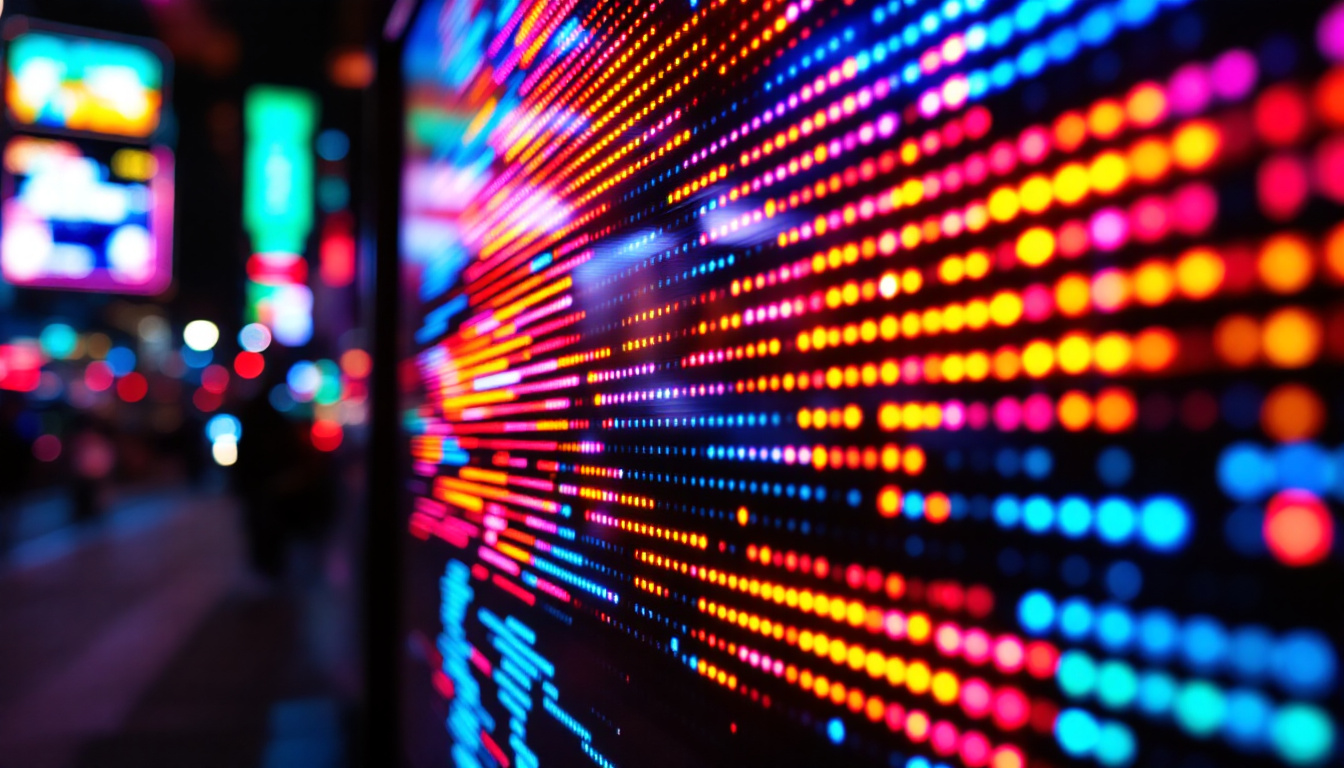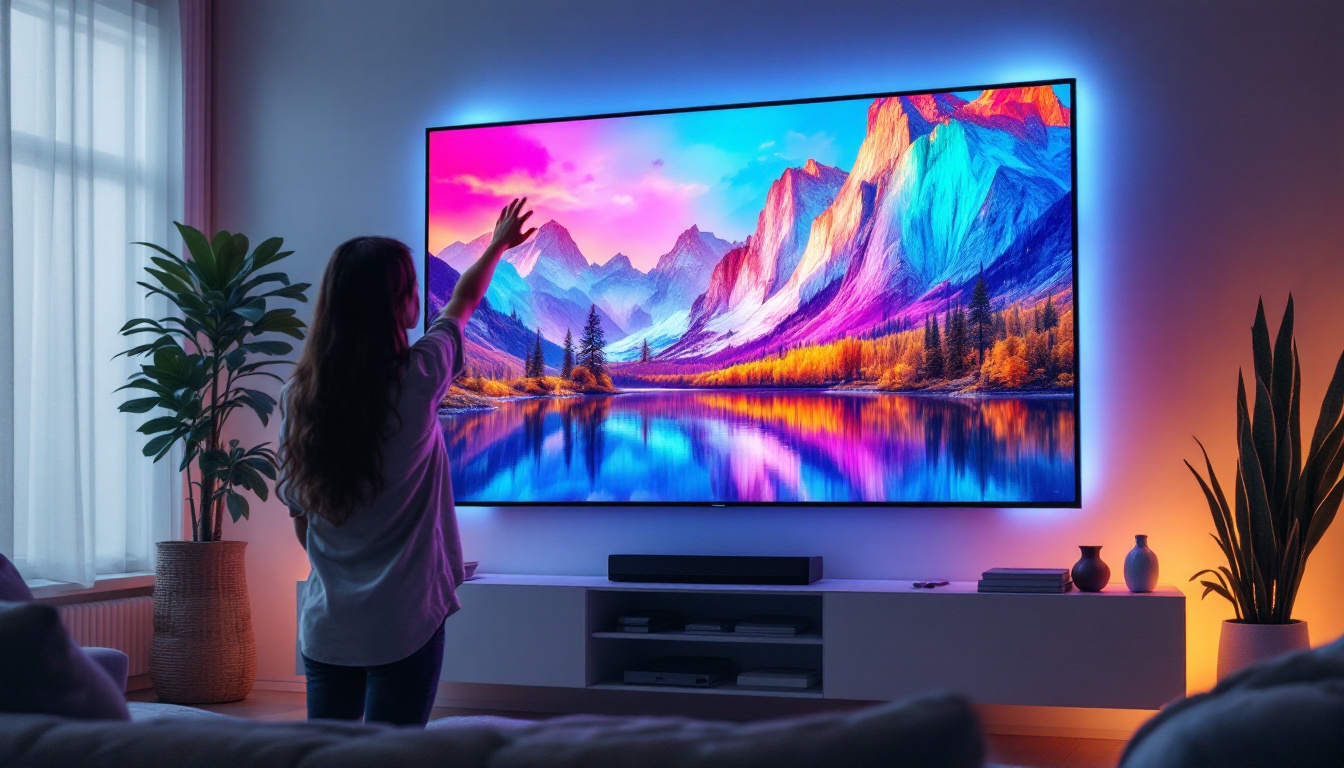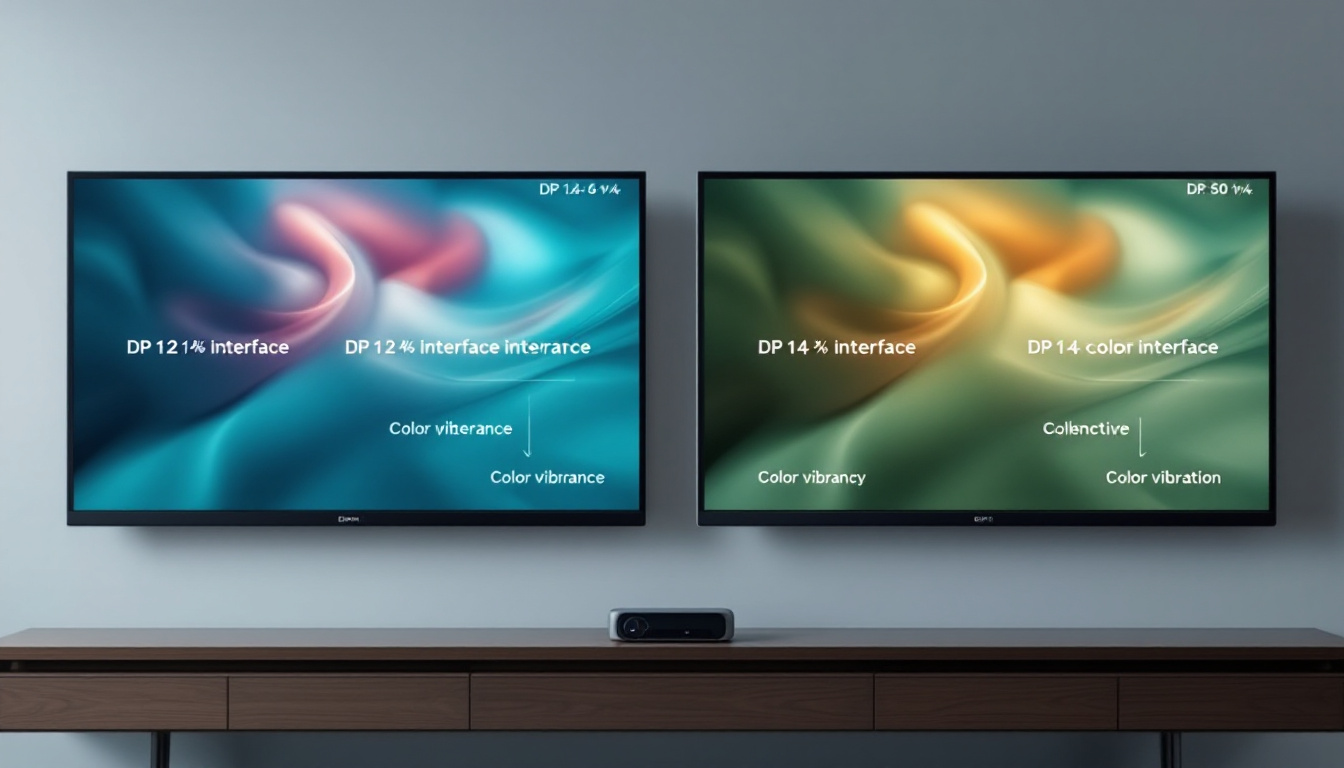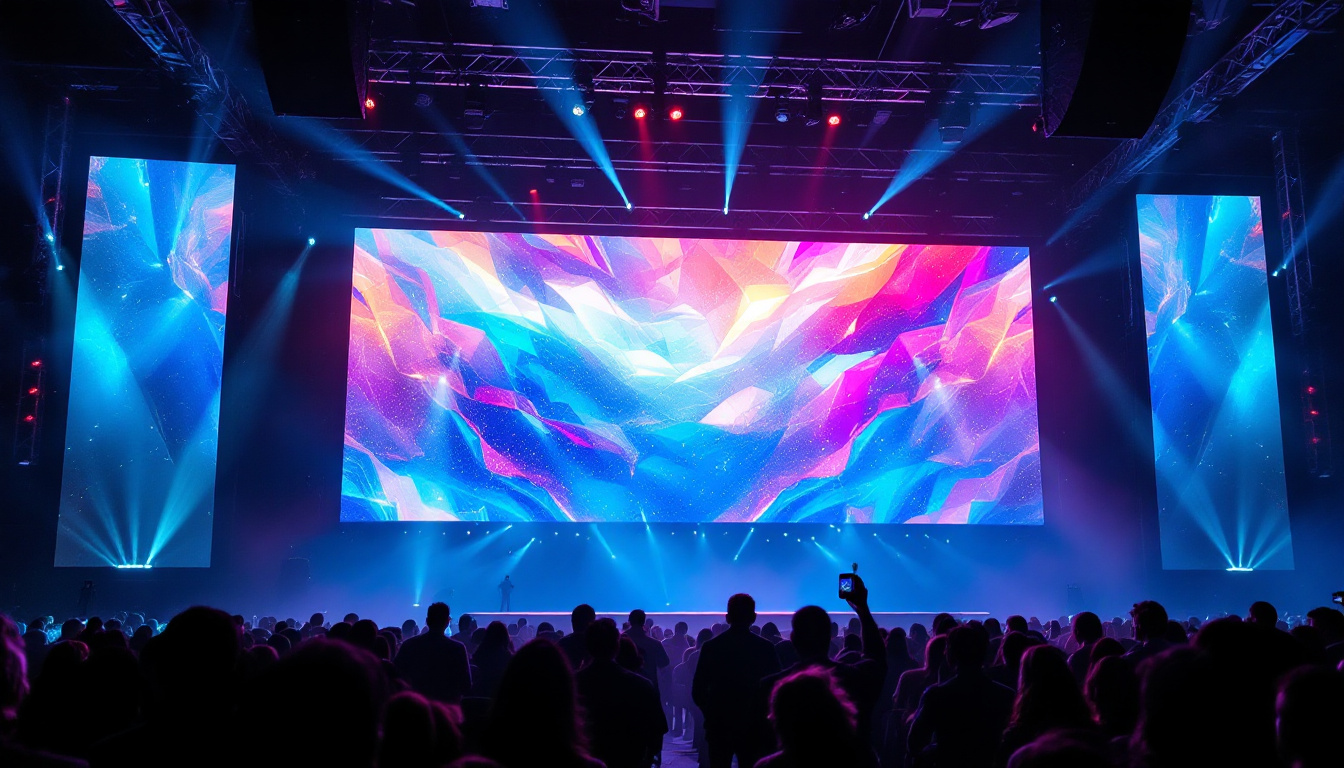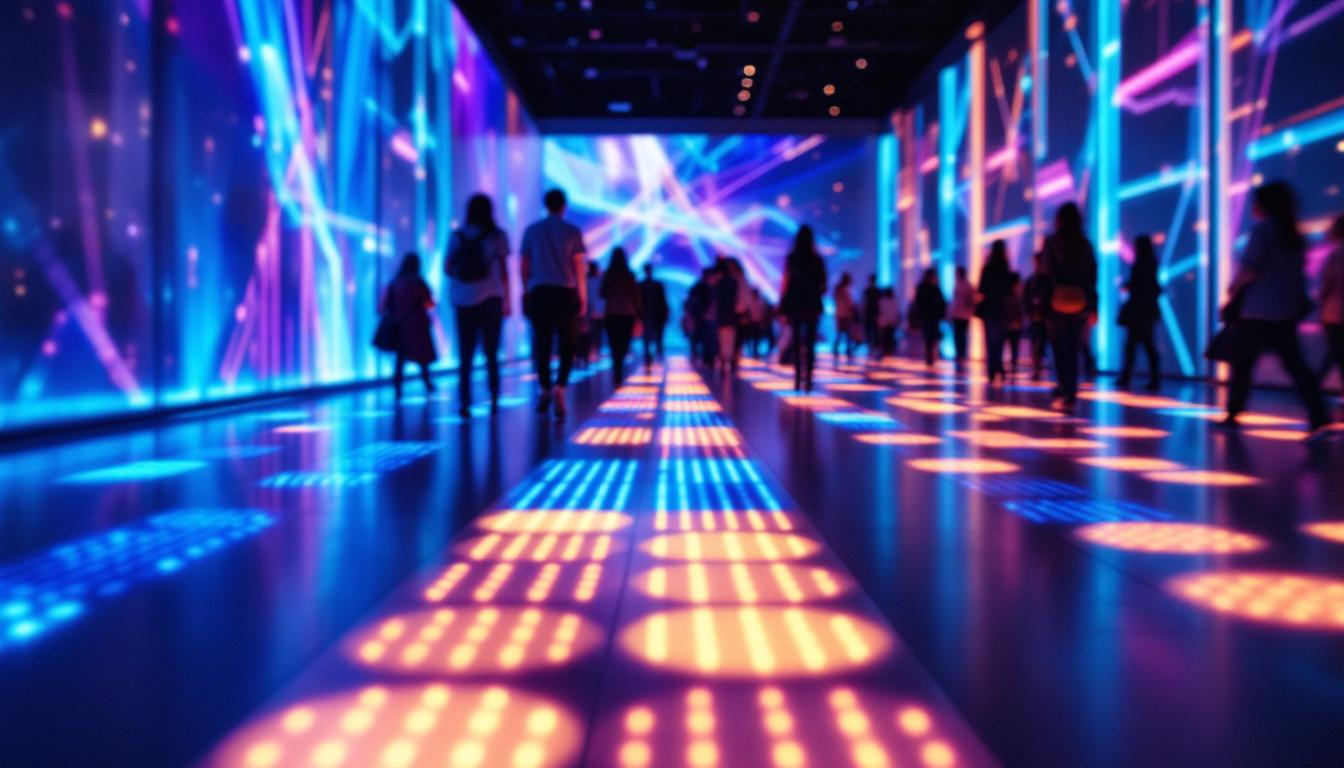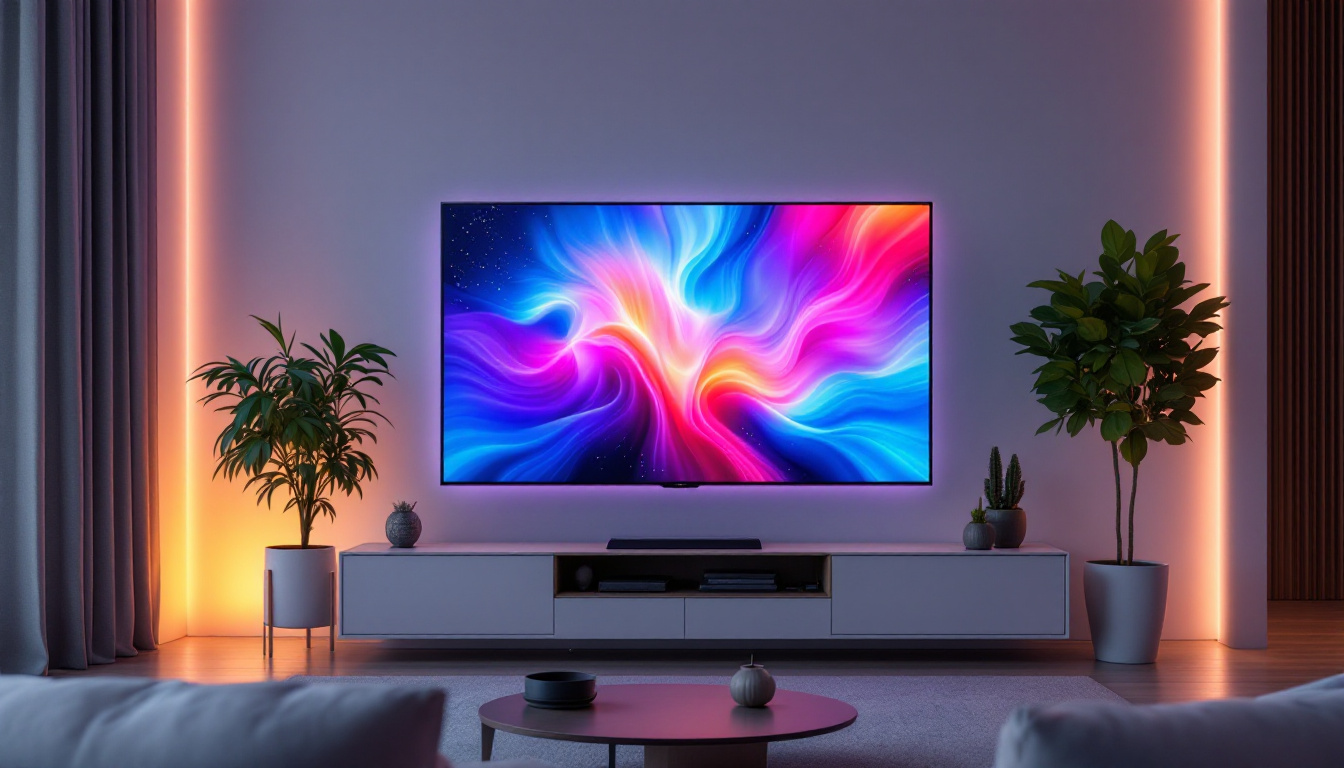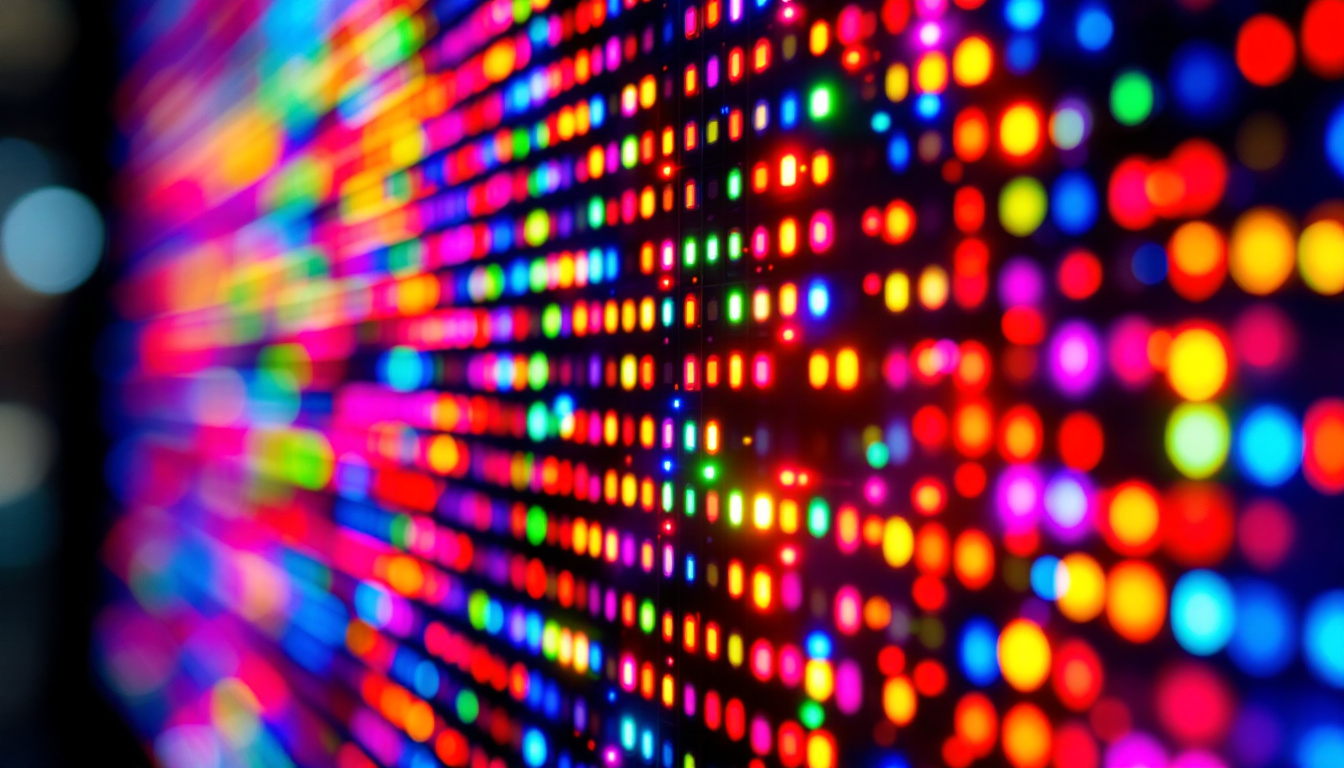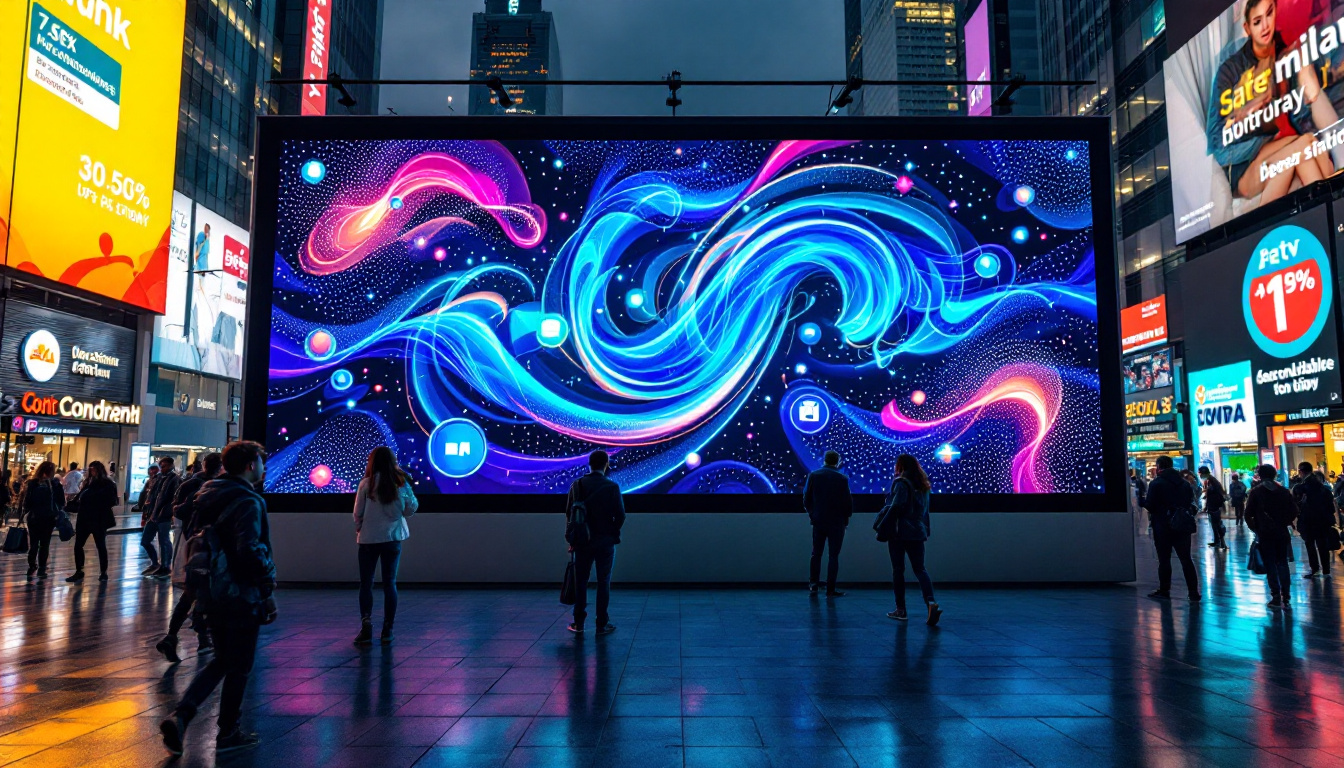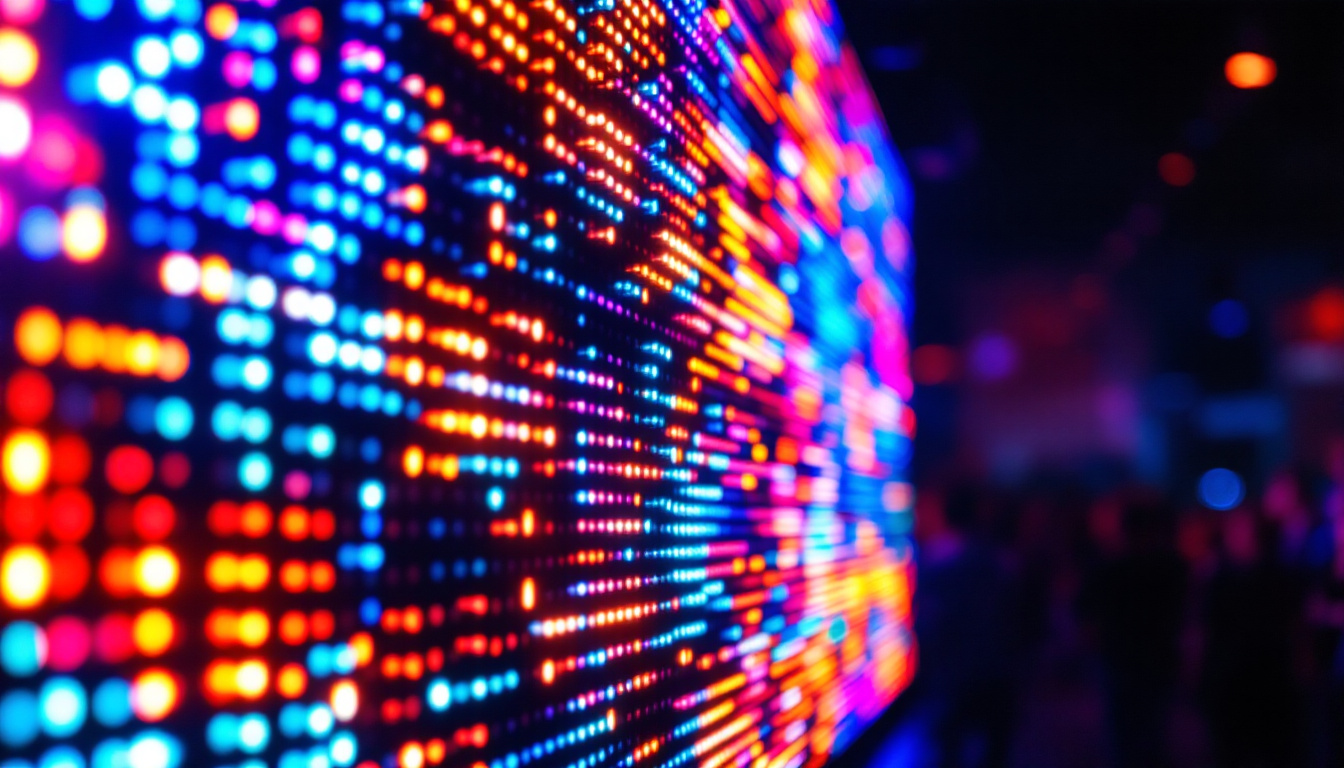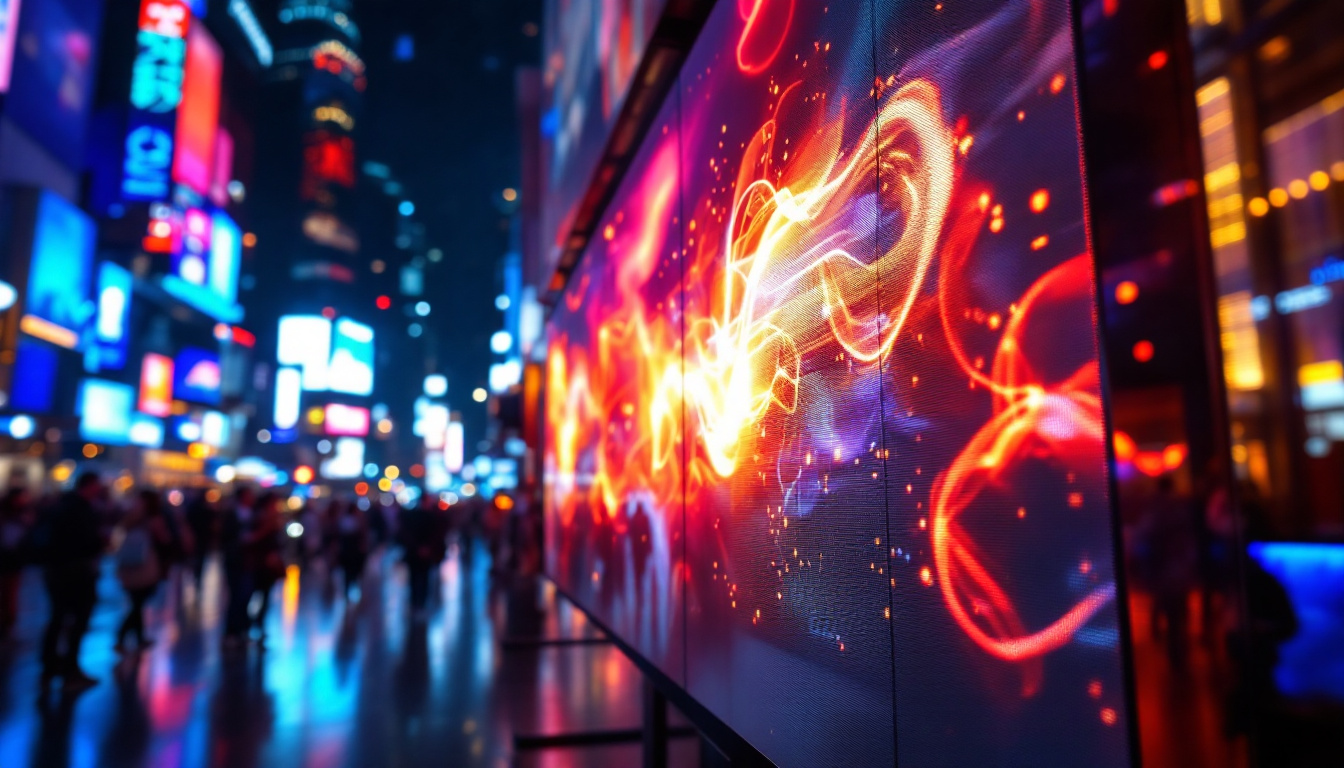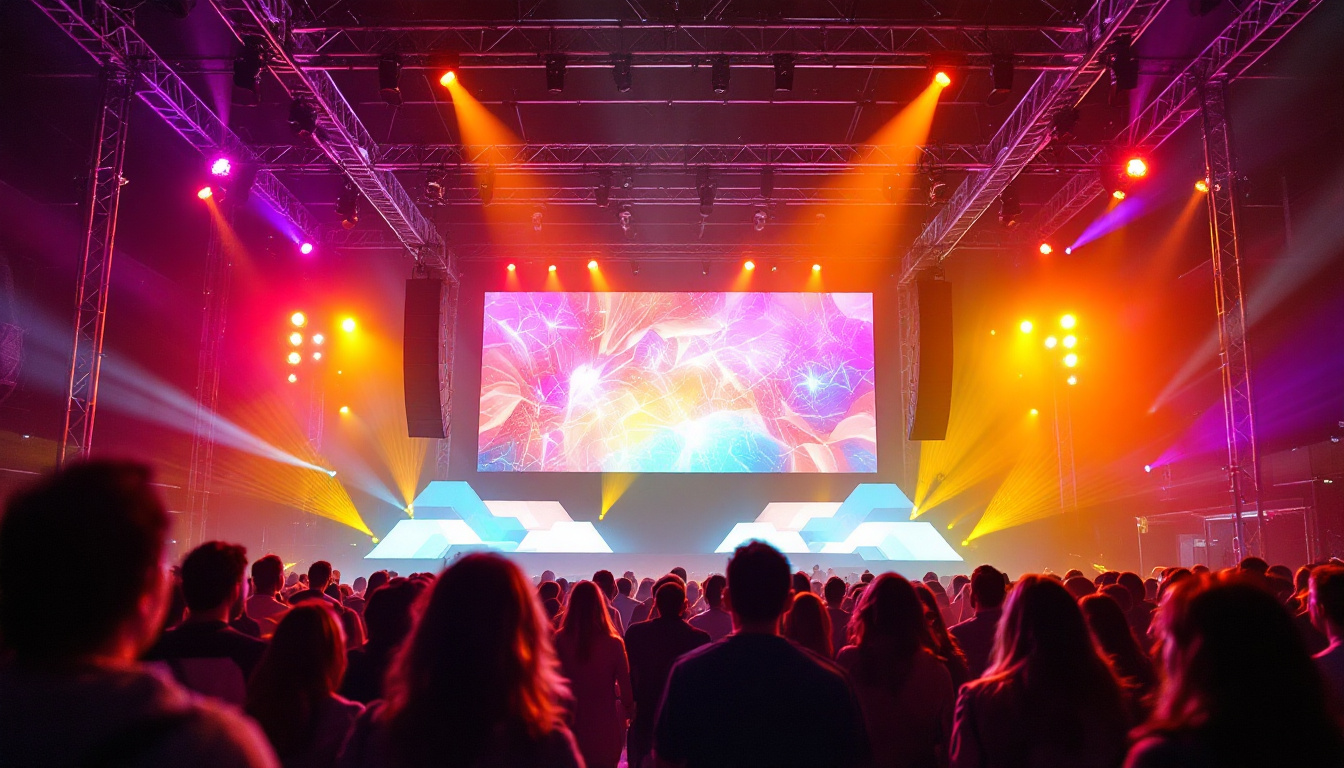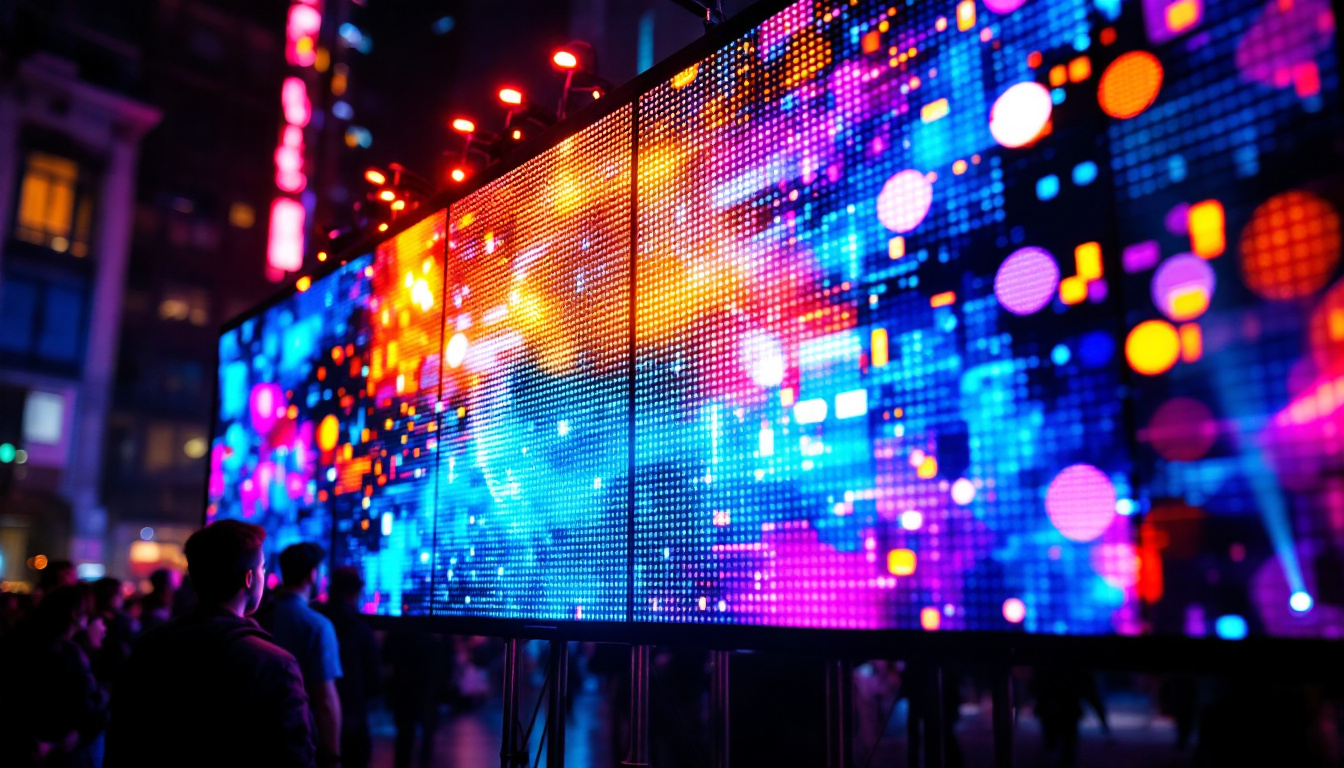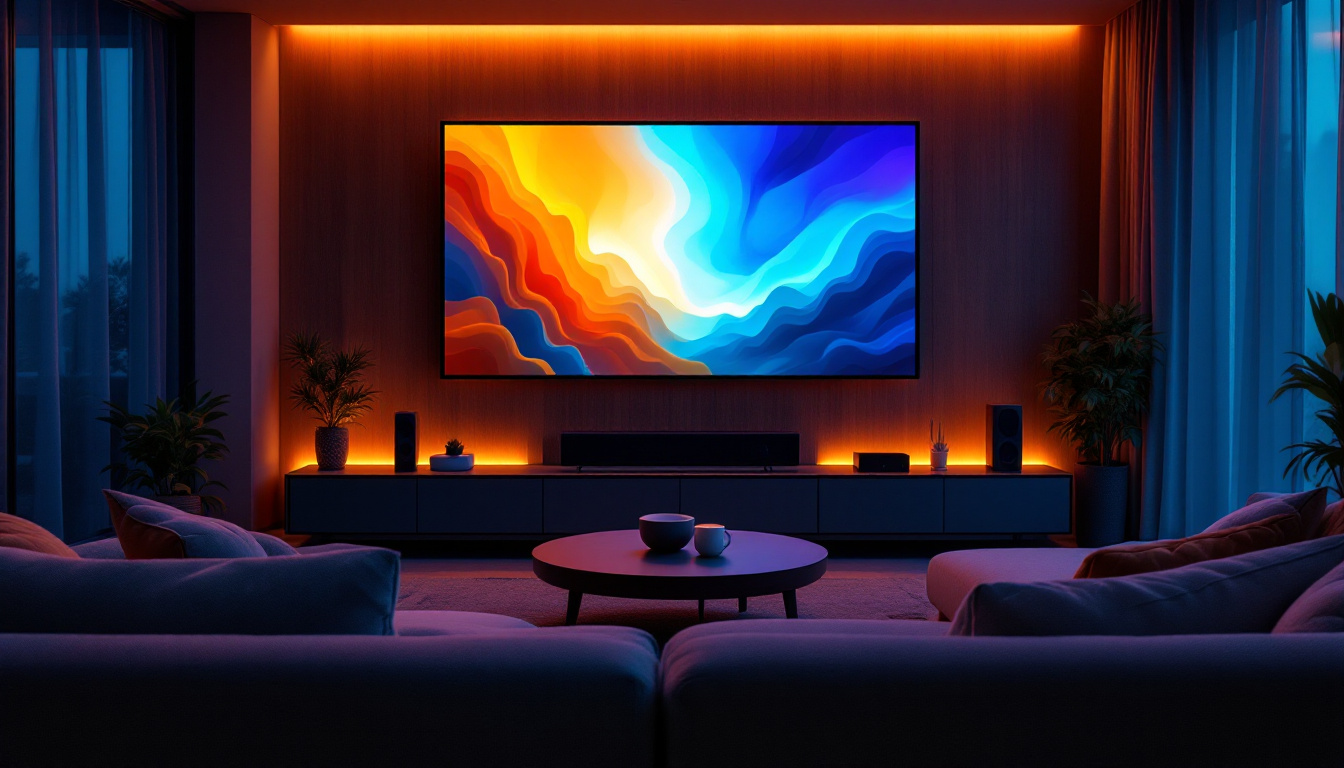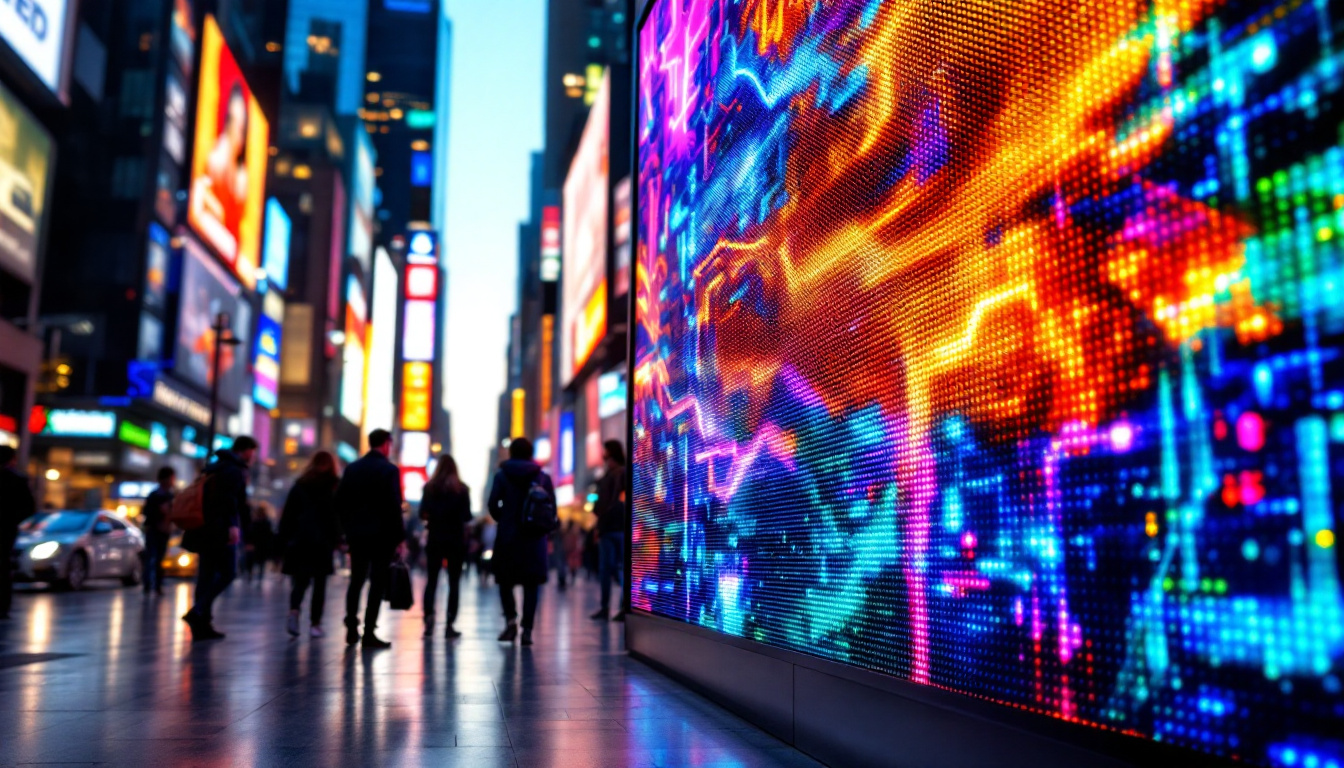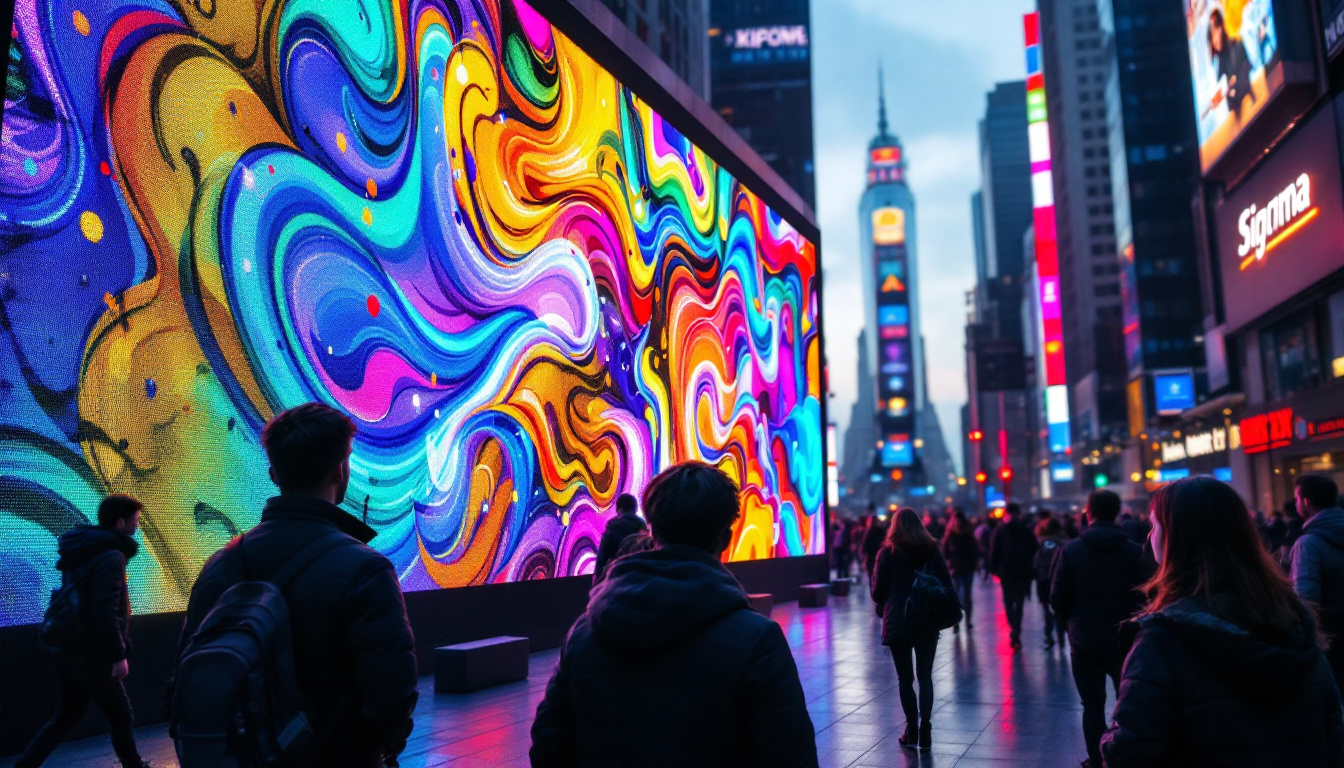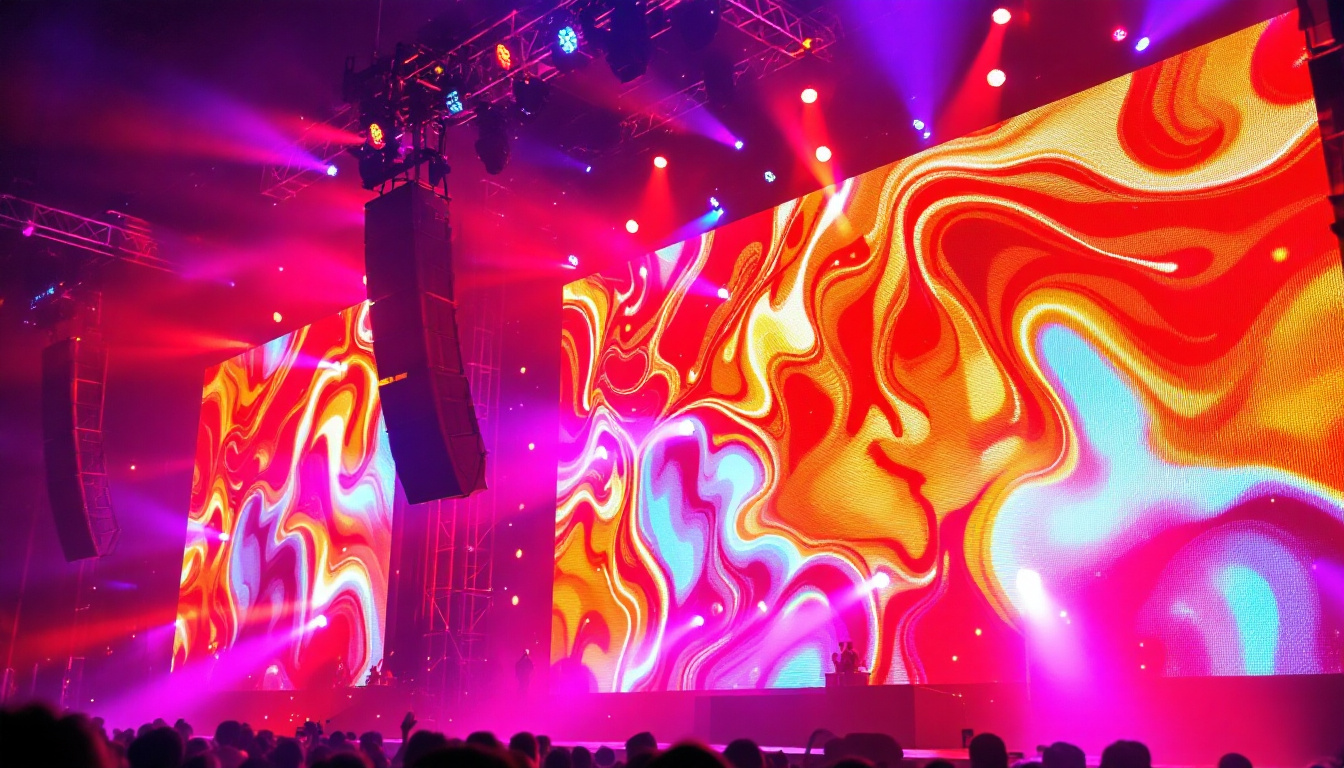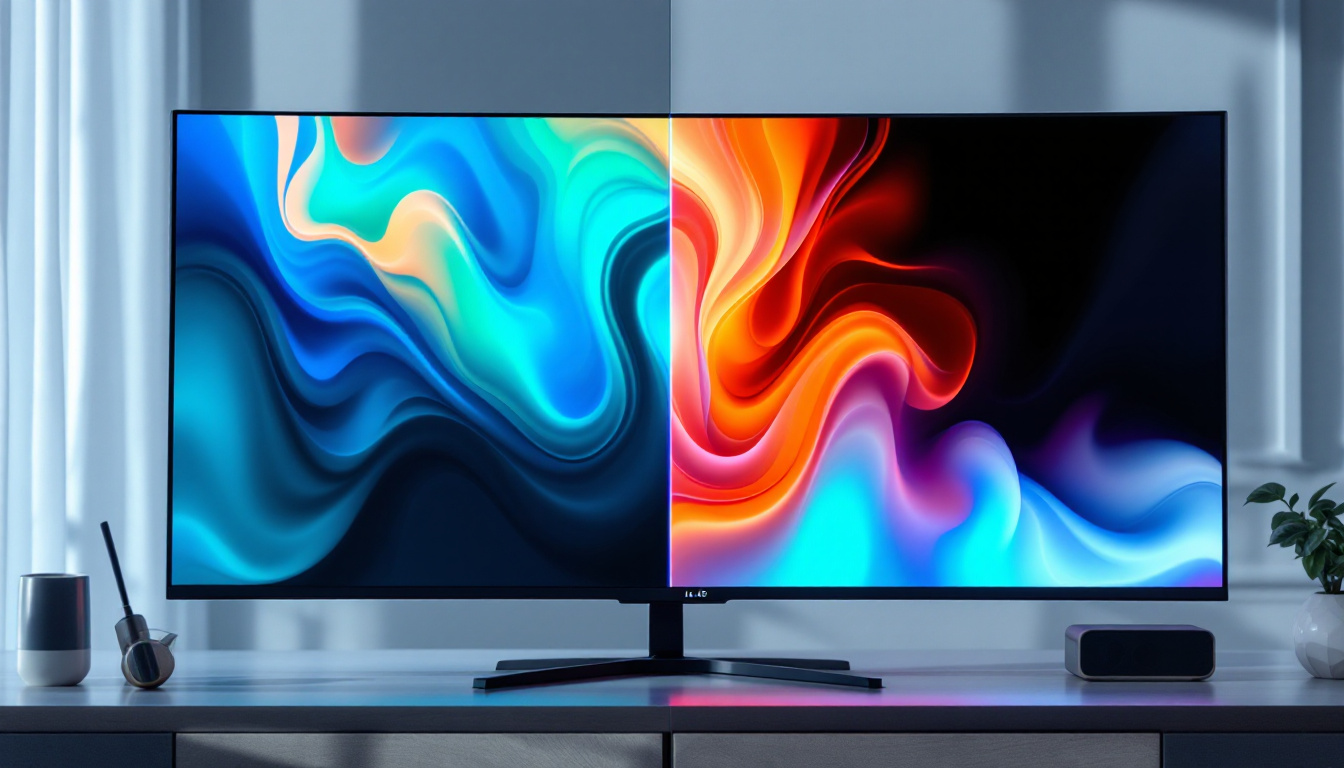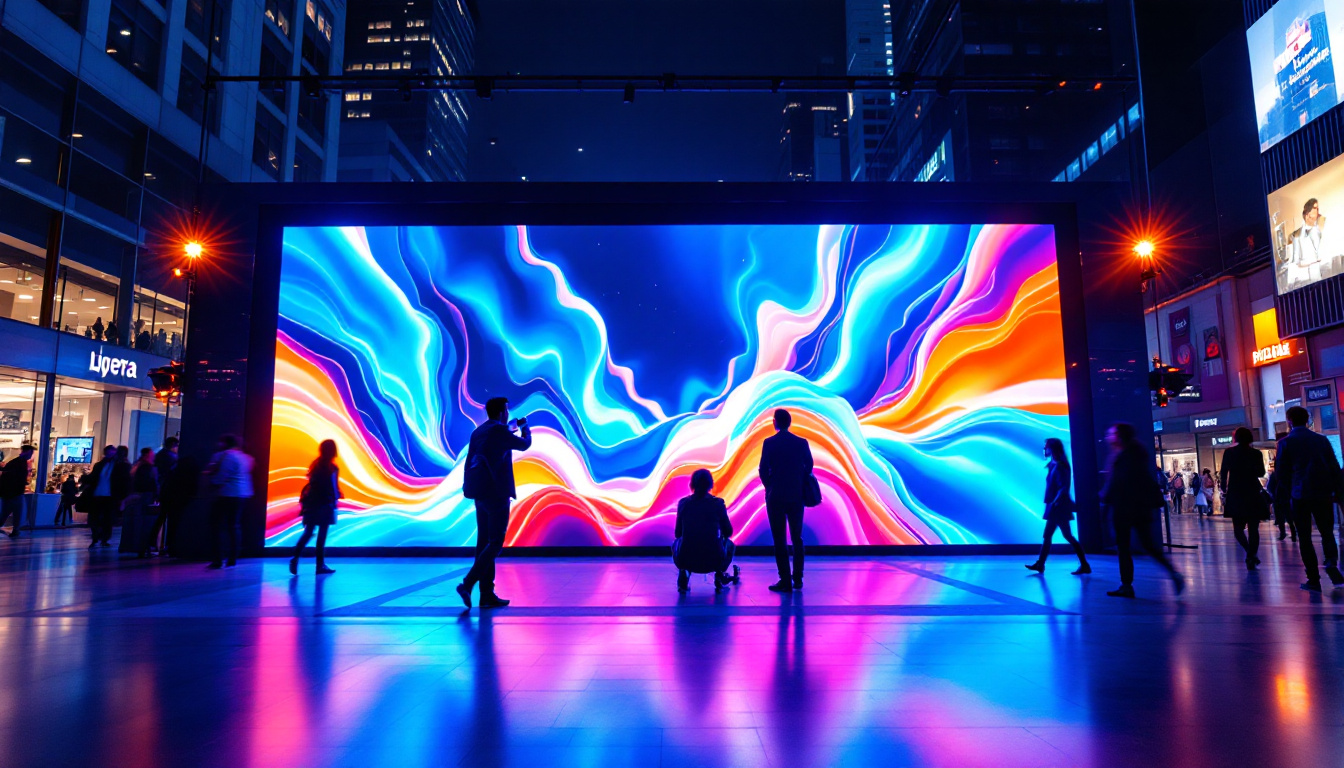Programmable LED Display: LED Display Explained
In the realm of modern advertising and information dissemination, programmable LED displays have emerged as a transformative technology. These vibrant screens are not just a medium for displaying static images; they are dynamic platforms that can convey real-time information, advertisements, and artistic displays. This article delves into the intricacies of programmable LED displays, exploring their technology, applications, and advantages.
Understanding LED Technology
Light Emitting Diodes (LEDs) are the cornerstone of programmable displays. Unlike traditional incandescent bulbs, LEDs are semiconductor devices that emit light when an electric current passes through them. This technology has revolutionized the way we think about lighting and display systems, offering not only energy efficiency but also a remarkable level of control over brightness and color.
The Basics of LED Functionality
At the core of an LED is a chip made from a combination of materials, typically gallium arsenide or gallium phosphide. When electricity is applied, electrons recombine with holes within the device, releasing energy in the form of photons—this is what creates light. The color of the light emitted depends on the materials used in the semiconductor. For instance, by altering the chemical composition of the semiconductor, manufacturers can produce LEDs that emit different colors, ranging from deep red to bright blue, which opens up a myriad of applications across various industries.
LEDs are highly efficient, consuming significantly less power than traditional light sources. This efficiency translates into lower operational costs, making them an attractive option for businesses looking to reduce expenses. Moreover, the longevity of LEDs—often lasting up to 25,000 hours or more—further enhances their cost-effectiveness, as they require less frequent replacement compared to incandescent or fluorescent bulbs.
Types of LED Displays
Programmable LED displays come in various types, each suited for different applications. The most common types include:
- Single Color Displays: These are the simplest form, typically used for text-based information.
- RGB Displays: These displays can produce a full spectrum of colors by combining red, green, and blue LEDs.
- Full-Color Displays: Advanced versions that allow for high-resolution images and videos.
Each type serves unique purposes, from simple notifications to complex advertising campaigns, showcasing the versatility of LED technology. For example, single color displays are often used in scoreboards or public transport information boards, where clarity and visibility are paramount. In contrast, RGB and full-color displays are increasingly popular in retail environments, where dynamic content can attract customers and enhance brand visibility. The ability to program these displays remotely adds another layer of convenience, allowing businesses to update their messaging in real-time based on promotions or events.
Furthermore, the integration of smart technology with LED displays has opened new avenues for interactivity. Some modern LED displays are equipped with sensors that can detect audience engagement, adjusting content based on viewer reactions or demographics. This level of personalization not only enhances user experience but also increases the effectiveness of advertising campaigns, making LED technology a powerful tool in the digital marketing arsenal.
Programmable Features of LED Displays
The term “programmable” refers to the ability to control what is displayed on the screen dynamically. This feature is crucial for businesses that need to update their content frequently. Programmable LED displays can be controlled remotely, allowing for real-time updates and changes. This capability is particularly beneficial for industries such as retail, where promotions and advertisements can shift rapidly to reflect seasonal sales or flash deals, ensuring that customers are always informed of the latest offerings.
Content Management Systems
To manage the content displayed on these screens, businesses often utilize sophisticated content management systems (CMS). These systems enable users to design, schedule, and deploy content from a centralized platform. Users can create eye-catching graphics, animations, and even video content to engage their audience effectively. Furthermore, many CMS platforms come equipped with user-friendly interfaces that allow even those with minimal technical expertise to create and manage content seamlessly.
With a robust CMS, users can also analyze viewer engagement and adjust their strategies accordingly. This data-driven approach ensures that the content remains relevant and effective. For example, businesses can track which advertisements generate the most foot traffic or online interaction, allowing them to refine their messaging and optimize their advertising spend. Additionally, the ability to A/B test different content variations can lead to improved audience targeting and higher conversion rates.
Interactivity and Integration
Modern programmable LED displays can be integrated with various technologies to enhance interactivity. For instance, touch sensors can allow users to interact directly with the display, while integration with social media platforms can enable real-time updates based on user-generated content. This not only makes the content more engaging but also encourages audience participation, as customers can see their own posts or comments featured on the display.
This level of interactivity not only captivates audiences but also fosters a deeper connection between the brand and its customers. The ability to engage users in real-time is a game-changer in advertising and information sharing. Moreover, programmable LED displays can be synchronized with mobile apps, allowing users to receive personalized content based on their preferences or location. For example, a customer walking past a store could receive a notification on their phone about a special offer displayed on the nearby LED screen, creating a seamless and interactive shopping experience that bridges the gap between digital and physical retail environments.
Applications of Programmable LED Displays
The versatility of programmable LED displays makes them suitable for a wide range of applications across various industries. From retail to entertainment, these displays are transforming how information is shared and consumed.
Advertising and Marketing
In the advertising sector, programmable LED displays have become a staple. Retailers use them to showcase promotions, new products, and special events. The ability to change content quickly allows businesses to respond to market trends and customer preferences in real-time.
Moreover, the high visibility of LED displays ensures that advertisements reach a broader audience, making them an effective tool for brand awareness. The dynamic nature of these displays captures attention far better than static billboards.
Public Information Systems
Programmable LED displays are also widely used in public information systems. Transportation hubs, such as airports and train stations, utilize these displays to provide real-time updates on schedules, delays, and other critical information. The clarity and brightness of LED screens ensure that information is easily readable, even from a distance.
In addition, cities are increasingly using LED displays for public announcements, emergency alerts, and community events. The ability to update content on the fly is invaluable in situations where timely information is crucial.
Entertainment and Events
In the entertainment industry, programmable LED displays play a pivotal role in enhancing experiences at concerts, festivals, and sporting events. These displays can create stunning visual effects that complement performances, drawing audiences into the experience.
Event organizers can use LED displays to provide information about schedules, sponsors, and other relevant details, ensuring that attendees are well-informed throughout the event.
Advantages of Programmable LED Displays
The adoption of programmable LED displays offers numerous advantages that make them a preferred choice for many businesses and organizations.
Cost-Effectiveness
Despite the initial investment, programmable LED displays can lead to significant cost savings over time. Their energy efficiency reduces electricity costs, while their durability minimizes maintenance and replacement expenses. Additionally, the ability to update content without the need for printing new materials further enhances their cost-effectiveness.
Enhanced Visibility and Engagement
The brightness and clarity of LED displays ensure that content is visible even in direct sunlight. This high visibility is crucial for outdoor advertising and public information systems, where capturing attention is paramount.
Furthermore, the dynamic nature of programmable displays fosters greater audience engagement. The ability to showcase vibrant graphics, animations, and videos captivates viewers, making them more likely to absorb the information presented.
Environmental Benefits
Programmable LED displays are also a more environmentally friendly option compared to traditional signage. Their energy efficiency translates to lower carbon emissions, and their long lifespan reduces waste. Many businesses are increasingly prioritizing sustainability, making LED displays an attractive choice.
Challenges and Considerations
While programmable LED displays offer numerous benefits, there are challenges and considerations that potential users should keep in mind.
Initial Investment
The upfront cost of purchasing and installing programmable LED displays can be significant. Businesses must weigh this investment against potential long-term savings and benefits. Careful budgeting and planning are essential to ensure that the investment aligns with the organization’s goals.
Content Management Complexity
Managing content on programmable LED displays can be complex, especially for organizations without dedicated IT resources. Training staff to effectively use content management systems is crucial to maximizing the benefits of these displays. Organizations may need to allocate time and resources to ensure that content remains fresh and engaging.
Future Trends in Programmable LED Displays
The future of programmable LED displays is promising, with several trends emerging that are likely to shape the industry.
Increased Integration with Smart Technology
As smart technology continues to evolve, programmable LED displays are expected to become more integrated with other systems. This integration will enable features like automated content updates based on real-time data, enhancing the relevance and effectiveness of displayed information.
Advancements in Display Technology
Ongoing advancements in LED technology are likely to lead to even higher resolution displays and improved color accuracy. These enhancements will allow for more intricate designs and a better viewing experience, further solidifying the role of programmable LED displays in various applications.
Conclusion
Programmable LED displays are redefining how information is communicated across industries. Their dynamic nature, combined with advanced technology and interactivity, makes them a powerful tool for businesses and organizations. While there are challenges to consider, the advantages far outweigh the drawbacks, making them an attractive option for anyone looking to enhance their communication strategies.
As technology continues to advance, the potential for programmable LED displays will only grow, paving the way for innovative applications and experiences that engage audiences like never before. Embracing this technology today can position businesses at the forefront of the digital communication revolution.
Discover LumenMatrix’s Innovative LED Solutions
Ready to elevate your visual communication strategy with cutting-edge LED technology? LumenMatrix is at the forefront of LED display innovation, offering a diverse range of solutions tailored to your needs. From Indoor and Outdoor LED Wall Displays to specialized options like Vehicle, Sports, and Floor LED Displays, our products are designed to captivate your audience and amplify your message. Experience the transformative power of LED displays and join the digital revolution with LumenMatrix. Check out LumenMatrix LED Display Solutions today and see the difference for yourself.

